QUAD ESL 2905, ESL 2805 User Manual
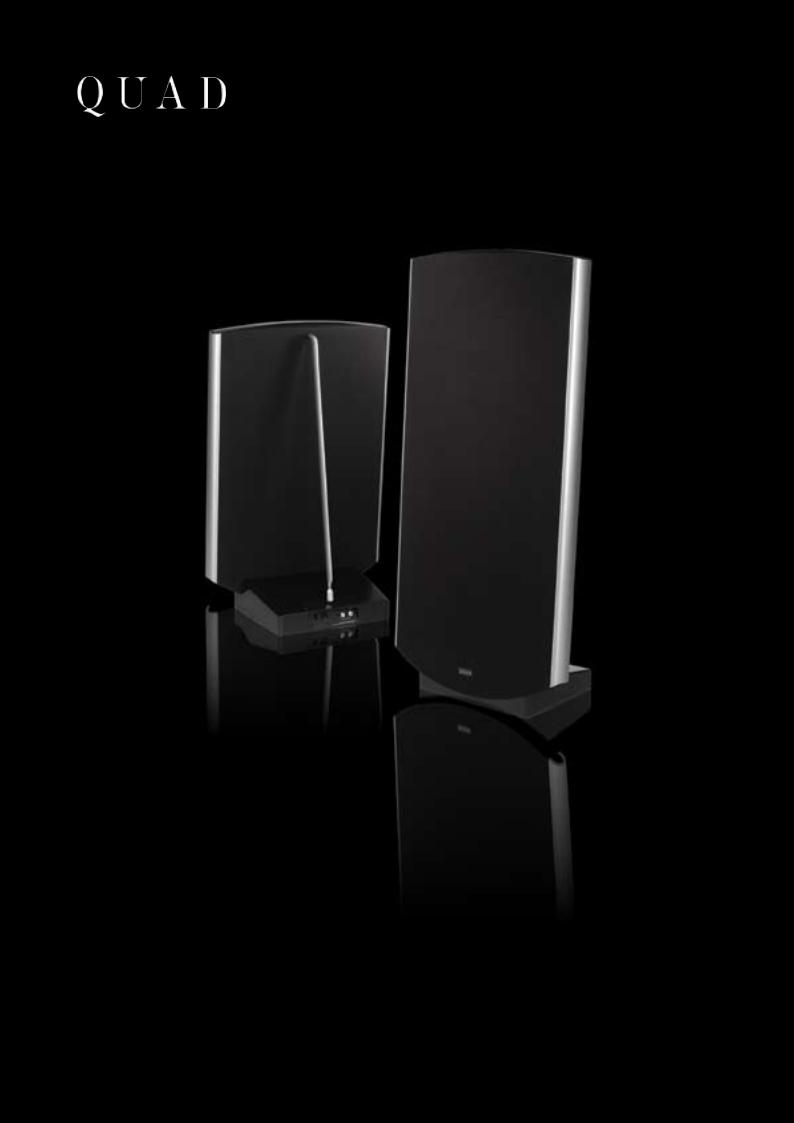
ESL 2805 & ESL 2905
the closest approach to the original sound.
Reference s e r i e s
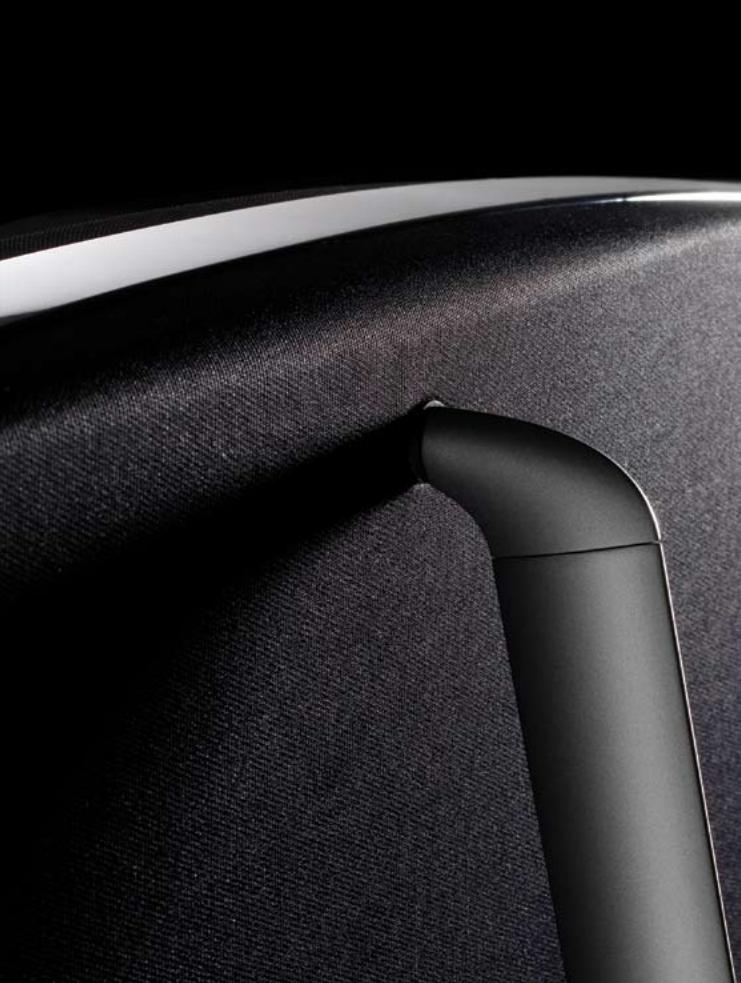
2
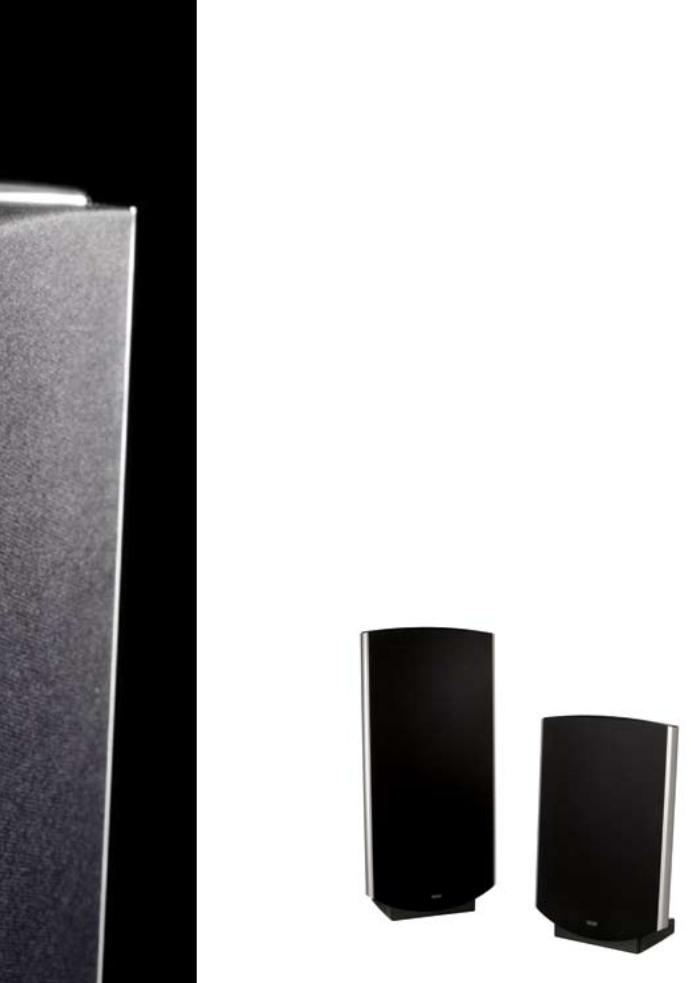
QuadThe ESL
Contemporary Electrostatic Loudspeaker Design
The new ESL-2805 and ESL-2905 Electrostatics are Quad’s latest reference loudspeakersandliketheirpredecessors should be regarded amongst the finest loudspeakers in the world today. In areas such as transparency, and lack of colouration, they are without peer.
It should be noted that whilst movingcoil loudspeakers are the norm, the physical principles upon which they work are fatally flawed - and not even the latest advances in materials science can address their shortcomings.
Quad alone has sought a different path - to push the boundaries of electrostatic technology to the point where our ESLs are closer to the ideal loudspeaker than any other.
Quad’s patented panel technology results in a combination of the speed and accuracy only possible from an
electrostatic loudspeaker; together with the imaging and soundstaging only possible from a theoretically ideal point source; and the coherence and continuity of a single drive unit.
With possibly the lowest distortion of any loudspeaker, the ESL can be enjoyed for hours on end without fatigue; never adding or subtracting from the original recording. Even at low volume levels, they retain the full detail and drama of the music.
In short, the Quad ESL technology is unique in its clarity of sound, lack of distortion, lack of interference and continuity of response.
The ESL-2805 and ESL-2905 loudspeakers are the absolute pinnacle of that technology. Engineered without compromise, they are destined to become modern classics.
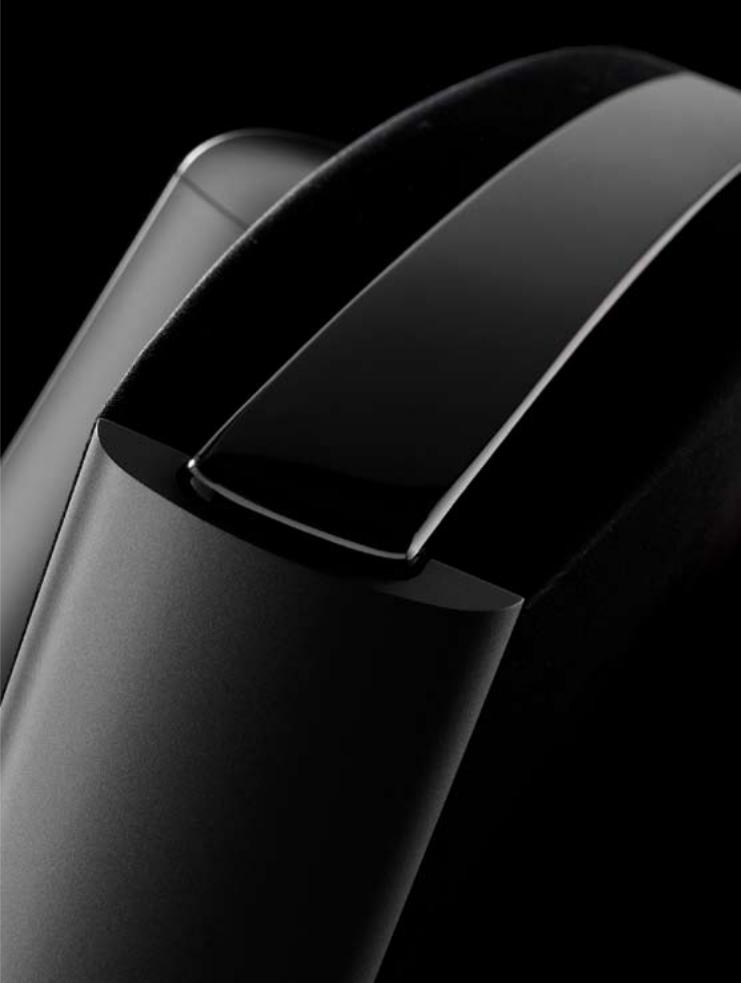
Quad products stand alone in the hi-fi world - renowned for their longevity; quality of build; and consistently high standard of performance. Our awardwinning service department regularly maintains products over 50 years in age. Products which still bring their owners immeasurable pleasure.
Quad products are designed with the single aim of reproducing recorded music as accurately as possible.
Simplicity of use and elegance of design are purely consequential to the application of sensible engineering principles.
We have never sought to design statement pieces or style icons, yet almost every Quad product has become regarded as such.
4
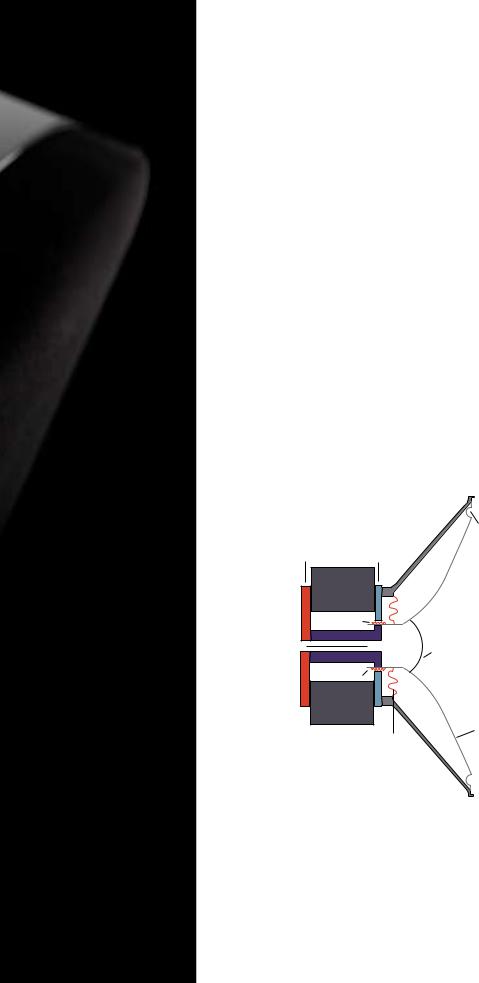
The case for a
closer approach...
The moving-coil conundrum
A moving-coil speaker consists of a wire coil suspended inside a magnet. When an audio signal passes through the coil a varying magnetic field is set up which interacts with the magnet and causes the coil to move back and forth. A cone (or in the case of high frequency speakers, a dome) is attached to the coil, which compresses and rarifies the air generating sound waves.
Flexible
Surround
Back Plate |
Front Plate |
Voice Coil
Air Vent |
Dust Cap |
Pole Piece
Coil Former
Speaker Cone
Rear Suspension
Chassis (or Basket)
Because large speaker drive-units cannot reproduce high frequencies well, and small ones cannot reproduce low frequencies at all, practical hi-fi loudspeakers use two or more driveunits connected via a ‘crossover network’ which divides the frequencies between the bass and the treble units. Additionally, because even a large bassunit is very small compared to the length of a low-frequency sound wave, some form of box is needed to prevent the waves from the back of the cone cancelling the sound from the front.
Moving-coil speakers have undeniable advantages of cost and ease of manufacture, and the cabinets can be designed in many different shapes, sizes and finish. However, the cabinet is also a prime source of colouration in the bass region. Additionally, because the cone of a bass-unit is large and heavy, it cannot start and stop instantaneously. Some of the energy is stored and releases over time, causing smearing and ‘boom’ in the bass. In the crossover region, where not only are the masses between the drive units hugely dissimilar but so are their dispersion patterns, this shows up as unevenness of response and a confused image, precisely in the critical area where the ear is at its most sensitive.

ElectrostaticThe
alternative
Although deeply flawed, their cost and convenienceadvantagesaresuchthatthe overwhelming majority of loudspeakers in today’s marketplace are moving-coil, and at Quad we manufacture some of the finest examples of this genre. But, as a counsel of perfection, we have to look elsewhere.
Electrostatic speakers have long been renowned for their superlative accuracy and clarity in mid-range and upper frequencies but deficiencies in the bass response and indifferent dispersion characteristics have presented difficulties which few manufacturers have satisfactorily overcome. Many hybrids have been attempted over the years which combine moving-coil speakers in the bass with electrostatics handling the upper registers, but these designs have not been successful.
An electrostatic speaker is a plastic membrane which is coated with a resistive material and suspended between two perforated metal plates. A polarising voltage of several thousand
volts is connected to the membrane which at rest is suspended at an equal distance between the two plates. When an audio signal (also stepped up to a few thousand volts by a matching transformer) is applied to the metal plates, the varying signal across the plates attracts or repels the membrane, and sound is reproduced. Because the membrane is extremely light, and driven across its entire surface, transient response and freedom from overhang is exemplary – quite unlike moving-coil loudspeakers.
Of course, if it were as simple as this, there would be many more electrostatic loudspeakers. The challenge has been to produce an electrostatic loudspeaker with extended bass response and a satisfactory dispersion. Virtually none have succeeded. A combination of acoustic problems and extreme difficulties of manufacture has resulted in a bare handful of true full-range electrostatic loudspeakers being available to the audiophile and in this field Quad are pre-eminent.
6
